Explainer: Why is Soraya satellite launch major space breakthrough for Iran?
By Ivan Kesic
On Saturday, the aerospace division of the Islamic Revolution Guards Corps (IRGC) successfully sent the indigenous satellite Soraya into 750 km orbit above the Earth’s surface, setting a new record.
The launch by a three-stage Qaem-100 carrier rocket lasted 11 minutes and was carried out from the Shahrud Site, a rocket base in the Semnan province of central Iran.
Iran's Minister of Communications and Information Technology (ICT) Issa Zarepour said the Soraya satellite carries a payload of 50 kilograms and, therefore falls into the category of lightweight satellites.
"By God's grace, the 10th space launch was carried out and a new record was set in the height of the launch," Zarepour commented on the social platform X, formerly Twitter.
The launch ceremony was attended by IRGC commander Major General Hossein Salami, head of the Iranian Space Agency Hassan Salarieh, and IRGC aerospace wing commander Amir Ali Hajizadeh among others.
On Sunday, a day after the launch, the minister reported that the Soraya satellite demonstrated success as its telemetry data was effectively transmitted to Earth, marking a noteworthy accomplishment in its space mission.
What is the Soraya satellite?
According to the Iranian Ministry of Communications and Information Technology, Soraya is a research satellite and was developed by the Iranian Space Research Center (ISRC), a subsidiary of the ministry.
"With the launch of the Soraya research satellite, many subsystems developed by the ISRC are also placed in orbital testing conditions and the way for the rapid development of Iran's domestic space industry becomes smoother," the ISRC said in a statement posted on its website.
The ministry also published photos showing that Soraya is cubic in shape, like all earlier Iranian satellites, with solar power panels and antennas. The reported GPS positioning accuracy of the satellite is 20 meters.
In the last 16 years, Iran has carried out nine (or ten according to recent statements) successful satellite launches by indigenous launch vehicles.
As the latest in the series, Soraya is also the fourth satellite launched by the IRGC aerospace division, as well as their first civilian satellite.
In August 2008 and February 2009, the first successful launches of a mock-up satellite and an operational satellite (Omid), respectively, were carried out, making Iran a member of the elite group of nine countries that independently launched an object into space.
In the next six years, three more launches were carried out with the Safir-1 liquid-fueled carrier rocket from the Imam Khomeini Space Center in Semnan province, sending Rasad-1, Navid and Fajr into the LEO.
All these satellites were sent to a significantly lower orbit compared to Soraya and their mission lasted only a few weeks, while Soraya's lifespan has been estimated at three years.
Since 2020, in parallel with the civilian Iranian Space Agency (ISA), the IRGC has been developing its own space program with solid-fueled carrier rockets and the Shahrud Rocket Site as its base.
In April 2020, March 2022 and October 2023, the IRGC's military satellites Nour-1, Nour-2 and Nour-3 were sent into space by Qased carrier rockets, respectively.
Their operational lifetime is estimated at two years, much longer than the first satellites, but less than the most recent Soraya satellite.
What is the Qaem-100 carrier rocket?
The Qaem-100 is the IRGC's latest carrier rocket, based on the older Qased, a proven rocket that has successfully launched satellites into space at least three times in the past.
Like the Qased, the Qaem-100 is also a three-stage solid-fuel rocket, but with an apogee (max. altitude) of 750 km, it surpasses the Qased's apogee of about 500 km and has twice the load capacity.
The IRGC announced the successful testing of the Qaem-100 engine two years ago, explaining that it has a thrust of 68,000 kg, higher than older models with 30,000 kg.
Between November 2022 and March 2023, two test launches were carried out, suborbital and orbital with the Nahid satellite, respectively.
The Qaem-100 is the first step of the IRGC's development of the Qaem carrier rocket series, which includes more advanced models Qaem-105, Qaem-110 and Qaem-120.
The most advanced model of that series should be used by Iran to launch a satellite into a geostationary orbit at 36,000 km, which Commander of the IRGC Aerospace Force’s Space Division General Ali Jafarabadi announced on Saturday.
Explainer: Why the United States incarcerates more people than any other country
VIDEO | Iranian security forces arrest Mossad agent operating among rioters
VIDEO | Tehran skyline lights up for Imam Ali’s birth anniversary
Maduro’s kidnapping: China says US cannot act as world’s ‘police’ or ‘judge’
VIDEO | Australians protest over US aggression against Venezuela
Cuba declares national mourning for 32 citizens killed in US raids on Venezuela
Iran: US must release kidnapped Venezuelan president
After US aggression against Venezuela, Mexico could be next: Report


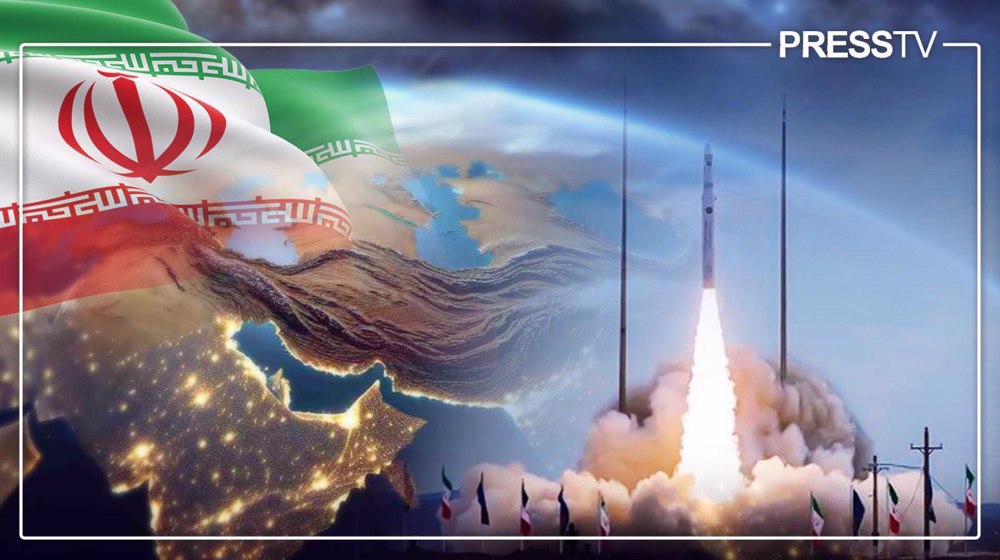

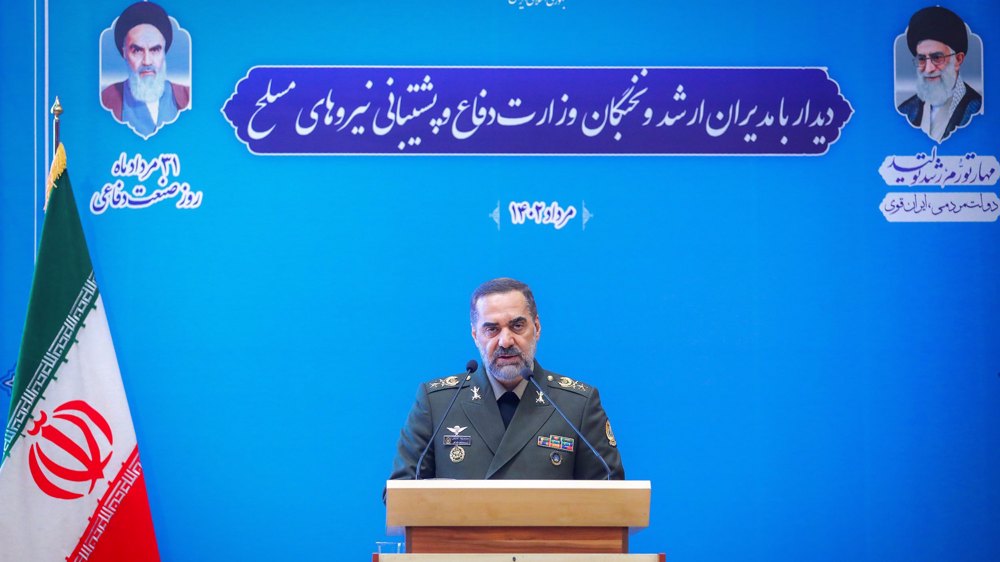






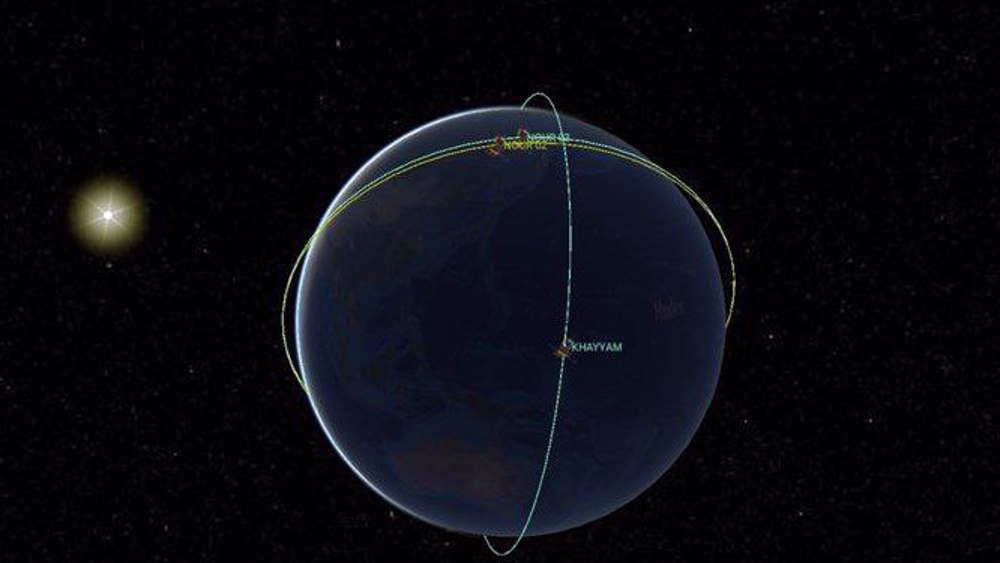

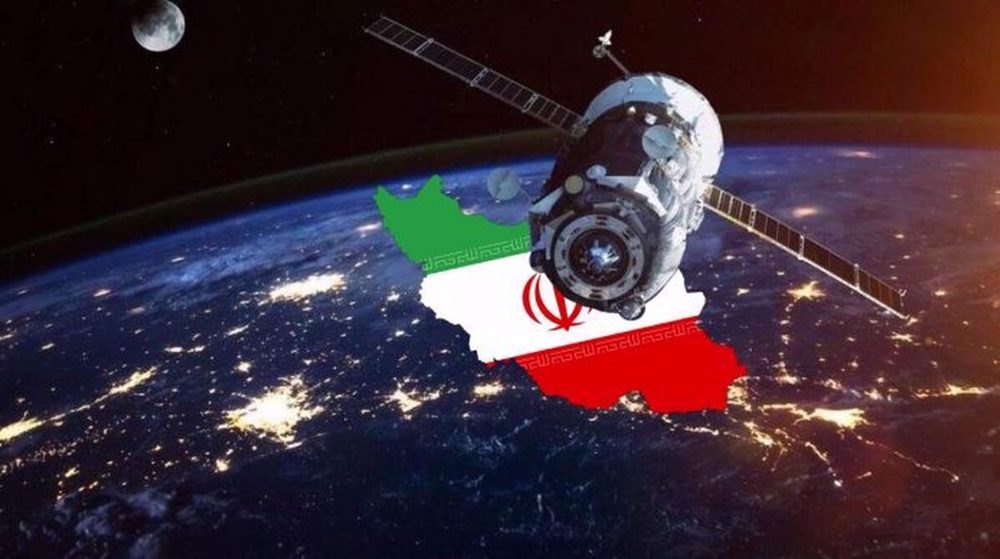
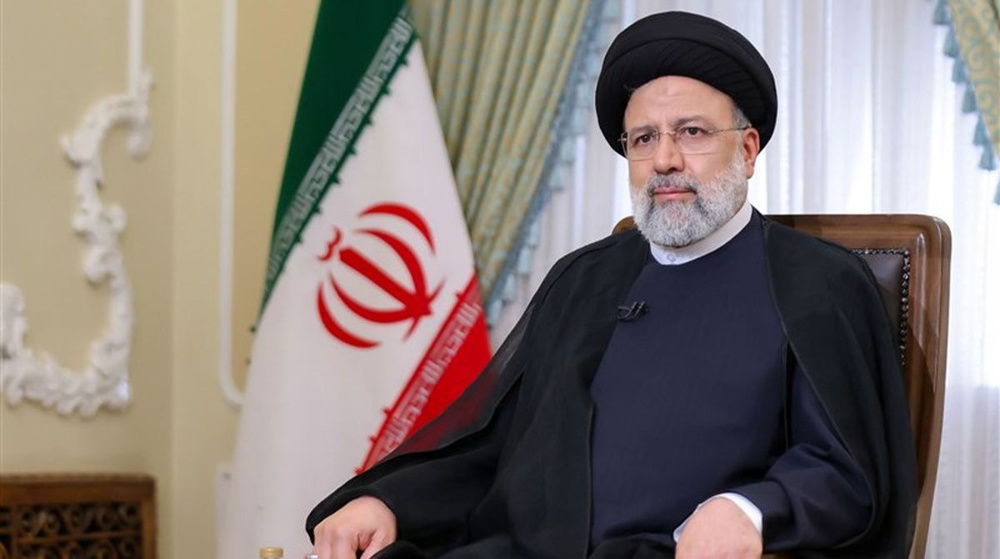
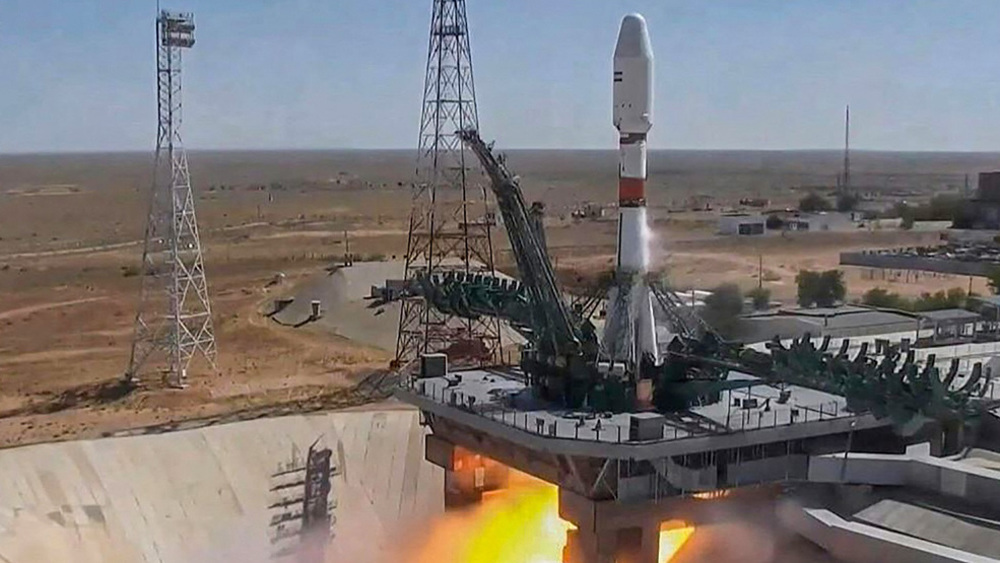

 This makes it easy to access the Press TV website
This makes it easy to access the Press TV website